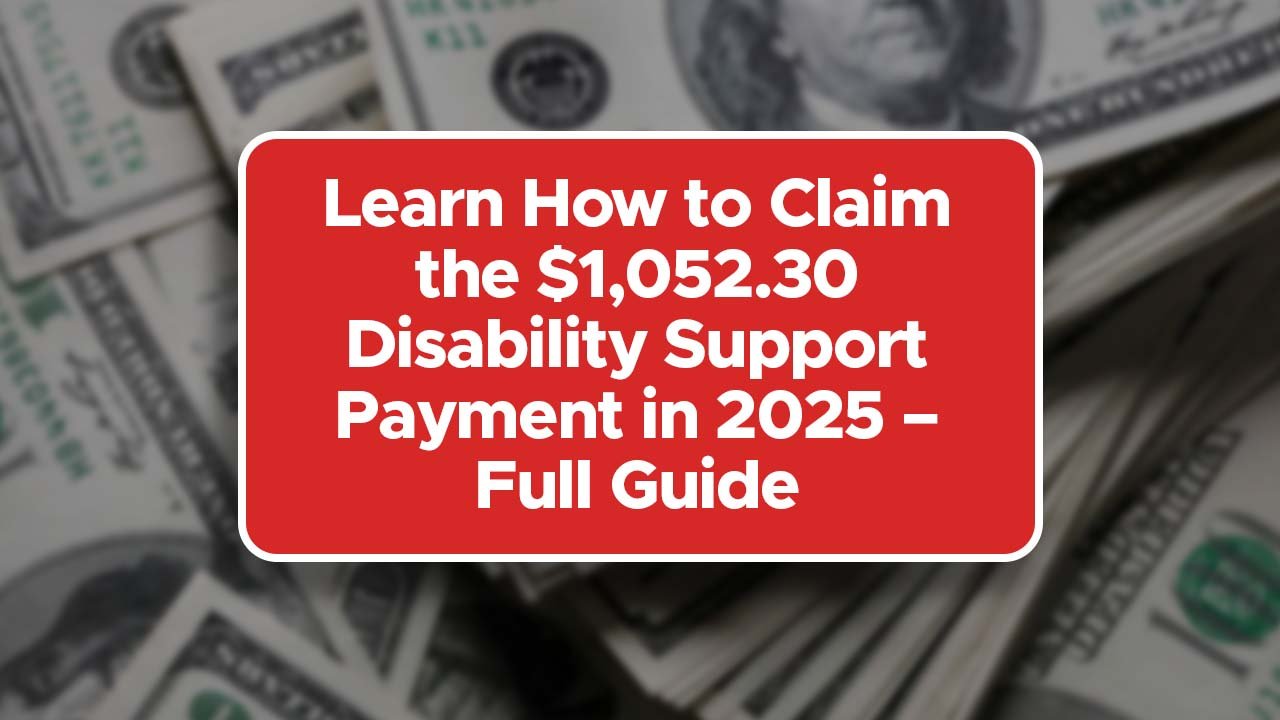There have been some positive improvements on the Commonwealth Seniors Card Australia, particularly on the changes for the year 2025. This includes improvements on access, benefits, and the changes on which seniors are qualified throughout Australia. This article summarizes the changes for the Commonwealth Seniors Card 2025 and the additional support Australia is providing for older Australians in the economy, which is especially challenging right now. This is for retirees to know how to get the card and how to hold on to it to get the benefits available.
What Changed in 2025?
The changes economically directed to lower retirees have resulted in changes to the Commonwealth Seniors Health Card (CSHC) and there have been changes to the eligibility rules. This is to prevent the card from being misused and to support lower retirees for the changes made. As for the couple’s threshold, it will now be estimated around 86 000 and will have to been declared along with secondary properties and share portfolios. Retirees will now also need to revise their status annually and every 2 years. Keeping contact with Centrelink will also be essential for retirees.
Additional Benefits for Cardholders
Even with the tougher requirements, the CSHC is still the most important concession card for seniors in Australia as it allows cardholders to purchase cheaper pharmaceuticals under the PBS, book medical consultations that are bulk-billed in participating clinics, and fetch rebates on expenses that are beyond the Medicare Safety Net. Seniors with this concession card also receive considerable savings on Utility bills and transport fees. In quite a number of Australian States, and even more so in the territories, rebates on various services and recreational activities are provided, including eye care, dental care, and other health services.
Who Can Apply for the Card?
To be qualified, applicants are required to be at least 67 years of age, a legal resident Australian, and not be eligible for government income support like the Age Pension. The income test applies, and all income sources including taxable income, superannuation and investments need to be provided in the application. The card is a laminated ID and applications are submitted to Services Australia online, with most applications processed in under two weeks.

Adjusting to the Application and Review Process
In light of the new annual reviews and online verification requirements, Centrelink encourages seniors to be proactive and update their financial records before October 16, 2025. Retirees with undeclared part-time work and changing super arrangements, new part-time work, and superannuation changes should seek formal advice. Centrelink’s online self-assessment tool gives real-time feedback on one’s eligibility.
State-based Concessions and More Help
In addition to the federal concessions, the Australian States and territories also have their own programs for seniors. NSW offers free public transport with the Gold Opal Card, and Victoria provides extra rebates on energy bills. WA seniors receive further discounts on council services and property rates. Seniors should visit their state government’s website to obtain the full list of benefits and apply for state cards if eligible.
Brief Data Table: 2025 Eligibility Snapshot
| Criteria | 2024 | 2025 | Review Frequency |
|---|---|---|---|
| Income (Couples) | $95,400 | $86,000 | Annual |
| Asset Test Applied? | No | Yes (more assets) | Annual |
Frequently asked Questions
Q1. When do the new rules start?
The new eligibility rules apply Australia-wide from 16 October 2025.
Q2. Who loses their card under new rules?
The new rules mean that seniors with income and assets over the new thresholds will lose their eligibility.
Q3. How is eligibility checked?
Eligibility is checked on Centrelink’s online system along with a recently developed self-assessment tool.










